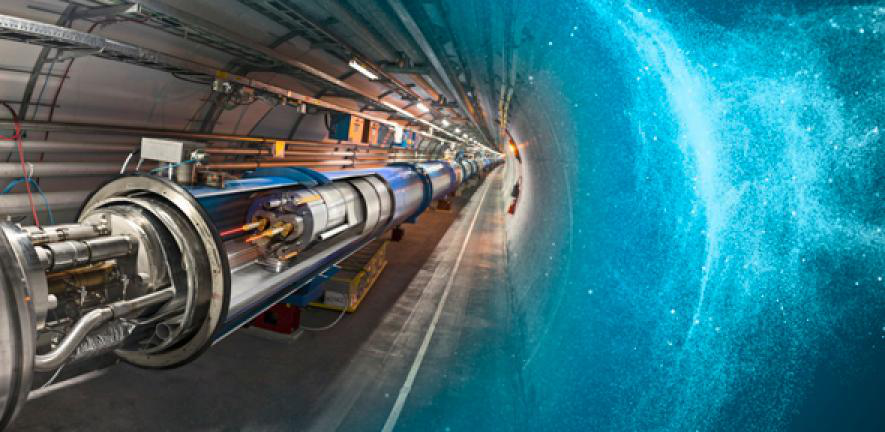Speaker
Description
Gamma rays have high energy hence they are significantly used in irradiation of food items, diagnosis in nuclear medicine, tracing for radioactive substances like thorium, radiotherapy, sterilization of medical equipment, and among others, the detection of illicit trafficking of radioactive material across international borders. However, gamma rays also pose great danger to individuals working within and around radiation facilities including the linear accelerators used in medicine, nuclear power stations and the nuclear reactors. This is because when gamma rays is absorbed by living organisms, it damages their cells causing delayed division, reproductive failure and mutation among others. This calls for radiation protection for people working near radiation facilities. The study on gamma radiation attenuation through materials is important in Gamma ray shielding hence radiation protection. Most radiation facilities have thick concrete walls. This is because it’s a cheap shielding material with good structural advantage. This study employed the use of the GEANT4 Monte-Carlo program to simulate the gamma ray attenuation in concrete. Version ten of the GEANT4 package for Linux platform was used to simulate the linear attenuation coefficient of ordinary concrete for gamma ray photons of energy 662 keV and its mass attenuation coefficient for gamma ray photons within the energy range from 10 keV to 100 MeV. The simulated and the measured data were analyzed with the ROOT program. A comparison was made between the GEANT4 simulated results, the measured data, the NIST XCOM simulated data and the published data. The findings from measurement indicated that the linear attenuation coefficient of ordinary concrete is (0.182±0.006) cm-1 while the GEANT4 simulated value is 0.179 cm-1. The half value layer of ordinary concrete was obtained to be (3.81±0.13) cm and 3.87 cm for the measurement and the GEANT4 simulation respectively. These research findings also showed that the mean free path of ordinary concrete is 5.59 cm and (5.49±0.18) cm for the simulation and the measurement respectively. The variation of mass attenuation coefficient with energy from 10 keV to 100 MeV obtained from GEANT4 was consistent with the one obtained from XCOM program, except at lower energies where the photoelectric effect mass attenuation coefficient was inconsistent. This was attributed to the adoption of different cross section data sources for the XCOM program and the GEANT4 program. These findings indicated consistency in both the measured results, the GEANT4 evaluated results, the XCOM simulated results and the published data. The results validated the use of the GEANT4 program for the simulation of gamma ray attenuation in materials.

